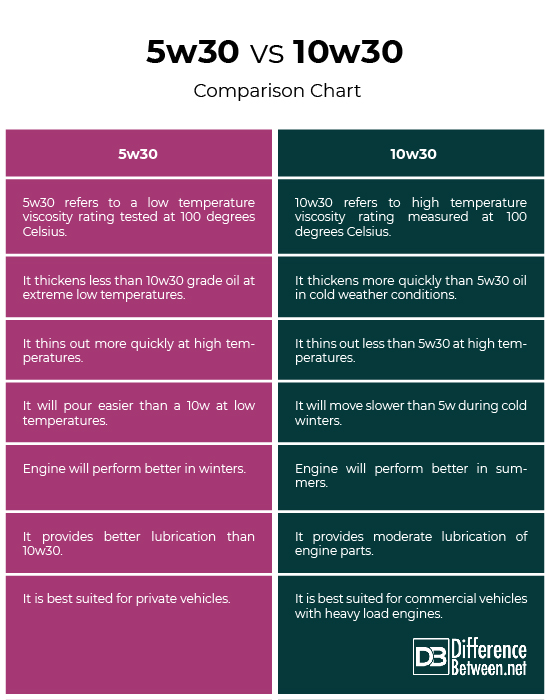When it comes to diesel fuel, there are various grades and types available in the market. One common term that you might come across is “Diesel #2”. But what exactly is Diesel #2, and is it the same as regular diesel? Let’s delve into this topic to gain a better understanding of Diesel #2 and its relation to regular diesel.
What is Diesel #2?
Diesel #2, also known as ultra-low sulfur diesel (ULSD), is the most commonly used type of diesel fuel in the United States. It is a distillate fuel that is used in diesel engines and is designed to power a wide range of vehicles and equipment, from cars and trucks to agricultural machinery and industrial generators.

Credit: hartfueling.com
Is Diesel #2 Regular Diesel?
Now, let’s address the key question: Is Diesel #2 the same as regular diesel? The answer is yes. Diesel #2 is essentially the standard diesel fuel that is available at most fueling stations. It is suitable for use in both on-road and off-road diesel engines, making it a versatile and widely used fuel type.

Credit: official.bankspower.com
Differences Between Diesel Fuel Grades
While Diesel #2 is considered regular diesel, it’s important to note that there are various diesel fuel grades available, each with its own specific characteristics and applications. Understanding the differences between these grades can help consumers make informed decisions when it comes to fueling their vehicles and equipment.
Ultra-low Sulfur Diesel (ulsd)
ULSD, or Diesel #2, has a significantly lower sulfur content compared to its predecessor, Low Sulfur Diesel (LSD). The reduction in sulfur content is a result of environmental regulations aimed at reducing harmful emissions from diesel engines. ULSD is the standard diesel fuel used in most modern diesel engines, and it is compatible with emission control systems such as diesel particulate filters (DPF) and selective catalytic reduction (SCR) systems.
Off-road Diesel
Off-road diesel, also known as non-taxable diesel or dyed diesel, is intended for use in off-road vehicles and equipment such as agricultural machinery, construction equipment, and industrial generators. It is similar to ULSD but is dyed with a red marker to indicate that it is not subject to federal and state road taxes. While off-road diesel shares similarities with regular Diesel #2, it is important to adhere to the regulations regarding its use in off-road applications only.
Biodiesel
Biodiesel is a renewable fuel that is derived from sources such as soybean oil, animal fats, and recycled cooking oil. It can be blended with ULSD to create biodiesel blends, such as B20 (20% biodiesel, 80% ULSD) and B5 (5% biodiesel, 95% ULSD). Biodiesel blends offer environmental benefits and can be used in diesel engines with little to no modifications.
Conclusion
In conclusion, Diesel #2 is indeed regular diesel and is widely available for use in both on-road and off-road diesel engines. Understanding the differences between various diesel fuel grades, including ULSD, off-road diesel, and biodiesel, can help consumers make informed choices based on their specific fueling needs and environmental considerations. Whether you’re fueling up your car, truck, or heavy machinery, Diesel #2 remains a go-to option for powering diesel engines efficiently and responsibly.
For more information about diesel fuel grades and their applications, consult with a reputable fuel supplier or industry expert to ensure that you’re making the right choices for your diesel-powered vehicles and equipment.


